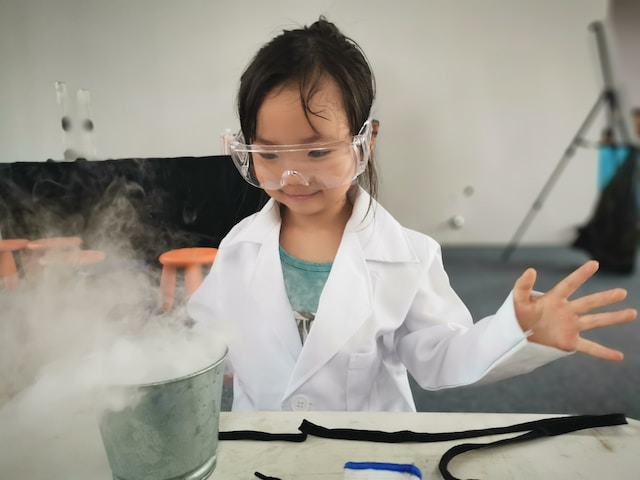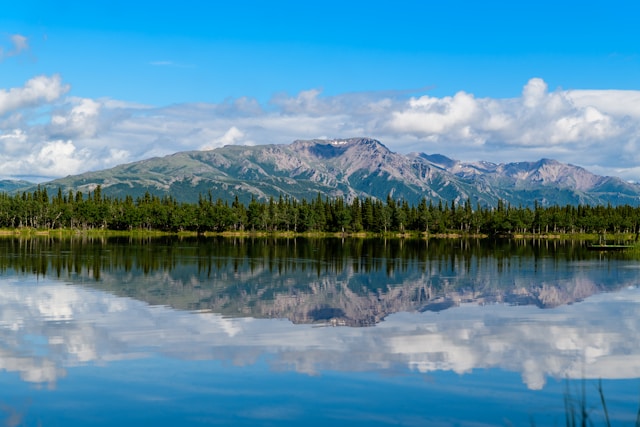The accomplishments of female and non-European scientists have been overlooked in Australian school curriculums, prompting concerns about a lack of role models for students.
Researchers examined textbooks used in every state and territory and found there was just one mention of the work of a female scientist, British chemist Rosalind Franklin.
Coursework related to Dr Franklin’s discoveries was only set in Queensland, South Australia and the Northern Territory, with senior students in other jurisdictions only referred to the work of male scientists.
The research also found there was an almost exclusive focus on European discoveries in science, engineering, technology and maths, collectively known as STEM.
The situation is alarming and inaccurate, lead researcher and Curtin University academic Kat Ross said.
“For children to develop a positive sense of identity and belonging, it’s important for them to have access to accurate and authentic role models related to their gender and cultural backgrounds throughout their lives,” Dr Ross said.
“We know participation rates of girls in STEM are low compared to boys, and this gender gap in the science heroes they learn about at school is likely a contributing factor.”
The study was conducted by scientists from Curtin University, Monash University, the Australian National University, the University of Southern Queensland, Edith Cowan University and the Australian Wildlife Conservatory.
They examined coursework related to biology, chemistry, physics and environmental science.
Co-author Andrew Battisti said seeing role models that align with a student’s identity provides reinforcement that they belong in the field.
“My own choice to become an astronomer was strongly influenced by a high school science teacher fascinated by astronomy, whom I saw as a role model,” Dr Battisti said.
The research was published in the Australian Journal of Education and has already had an impact.
The Queensland Curriculum Assessment Authority has redrafted its senior syllabuses to include the contributions of more female scientists, and it’s hoped more will follow suit.
Rachael Ward
(Australian Associated Press)





